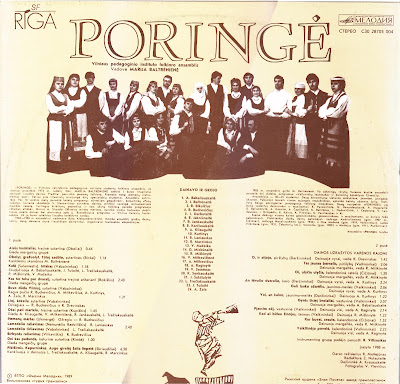SKED
Production Velia, ?, 2230025
Among the numerous Breton bands Sked is probably one of the least know now. Sked (meaning ''glossy'', ''shiny'' in Breton) made only one album maybe in 1975. The band had some musicians who became famous later like Jean-François Sibéril known as Soïg Siberil on guitar and Jean-Pol Huellou on tin whistle and classical metal flute. Others were also very important at that time like Alain Le Hegarat on uilleann pipes who was one of the first Breton people to have discovered Irish music at the end of the fifties; he went to Ireland in 1960 and started with a practice set around 1972. He was born in 1939 and is still with us. He and Alain Trovel (keyboards) recorded a beautiful album with uilleann pipes and organ which was reissued on CD. In the band were also present the Colleu brothers, Philippe on banjo and Yvon on accordion and guitare. Philippe is well known in Brittany and Normandy for his works on the maritime repertoire from these regions. Two more musicians were parts of the band : Brendan Fahy on guitar, bodhran and vocal (but he doesn't sing on the album) and Gunter Buchwald on fiddle.
The repertoire is mostly Breton with two Irish sets; there is also one melody maybe Scottish, Kingussie Flowers. Note that B1 is not the Humours of Lissadel but O'Neill's March and the Battle of Aughrim and is followed by B2 ''an dro''. The interesting thing about Sked is that like other bands they worked on a traditional Breton repertoire with an Irish approach which was quite innovative at that time.






































